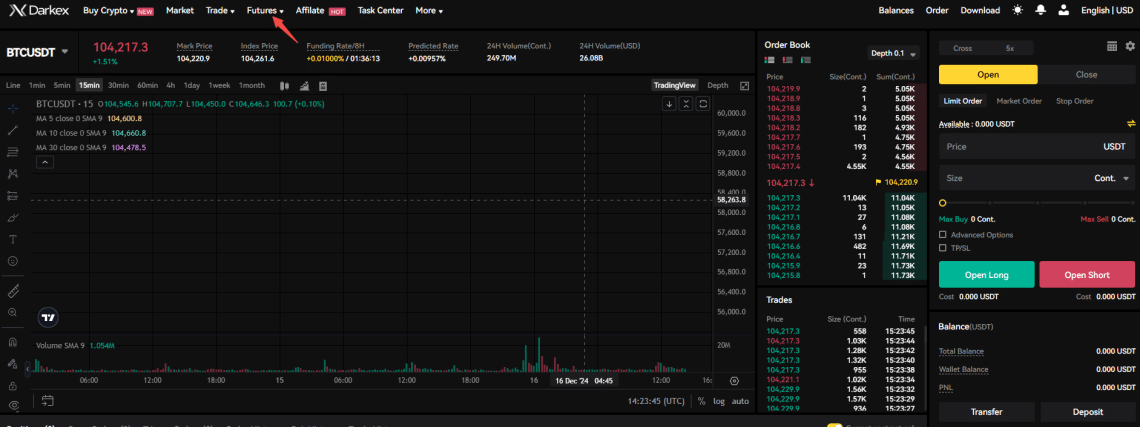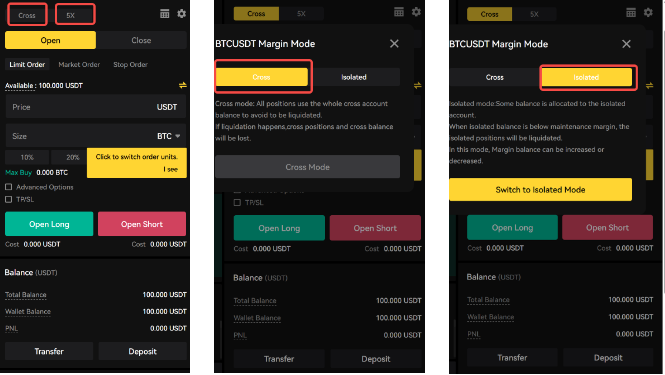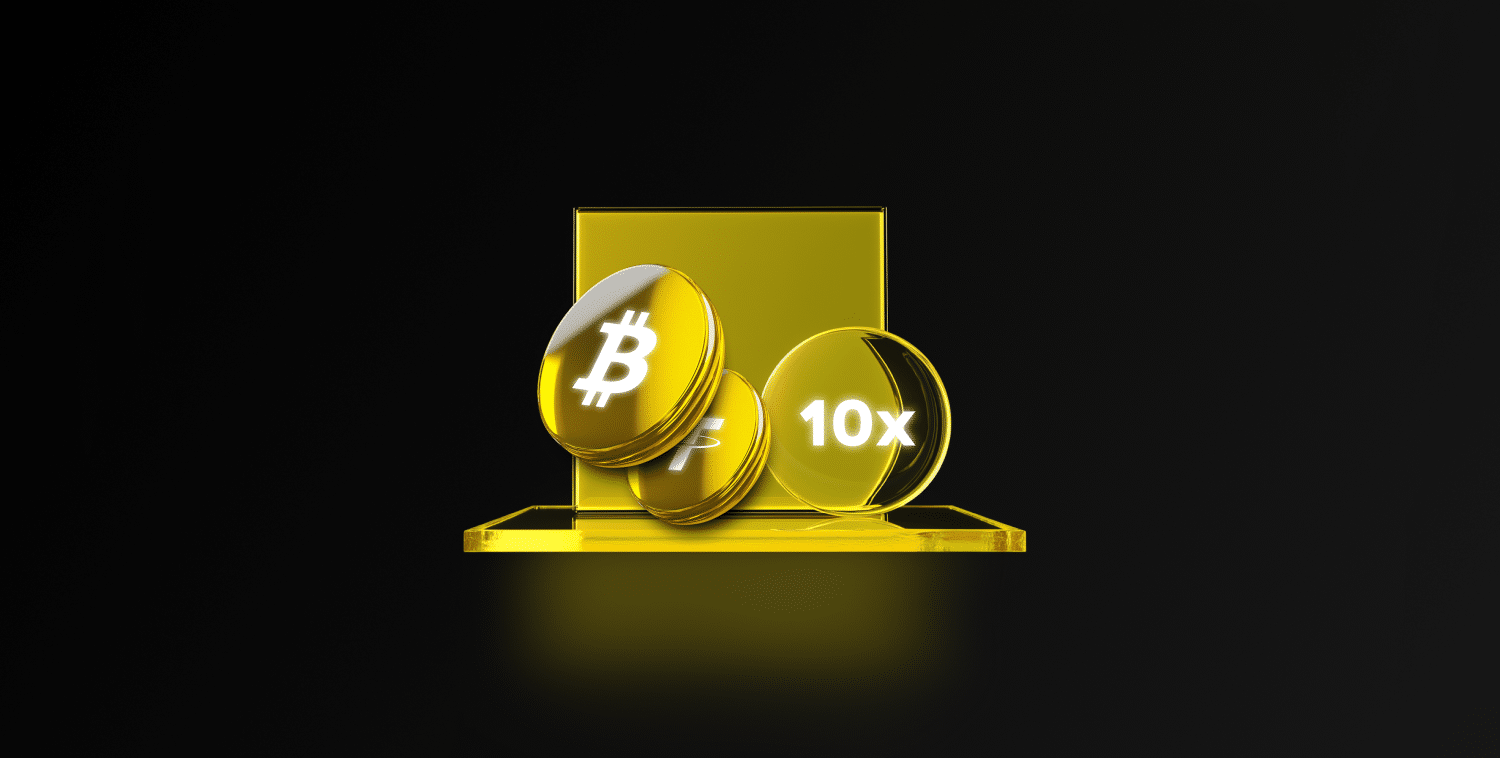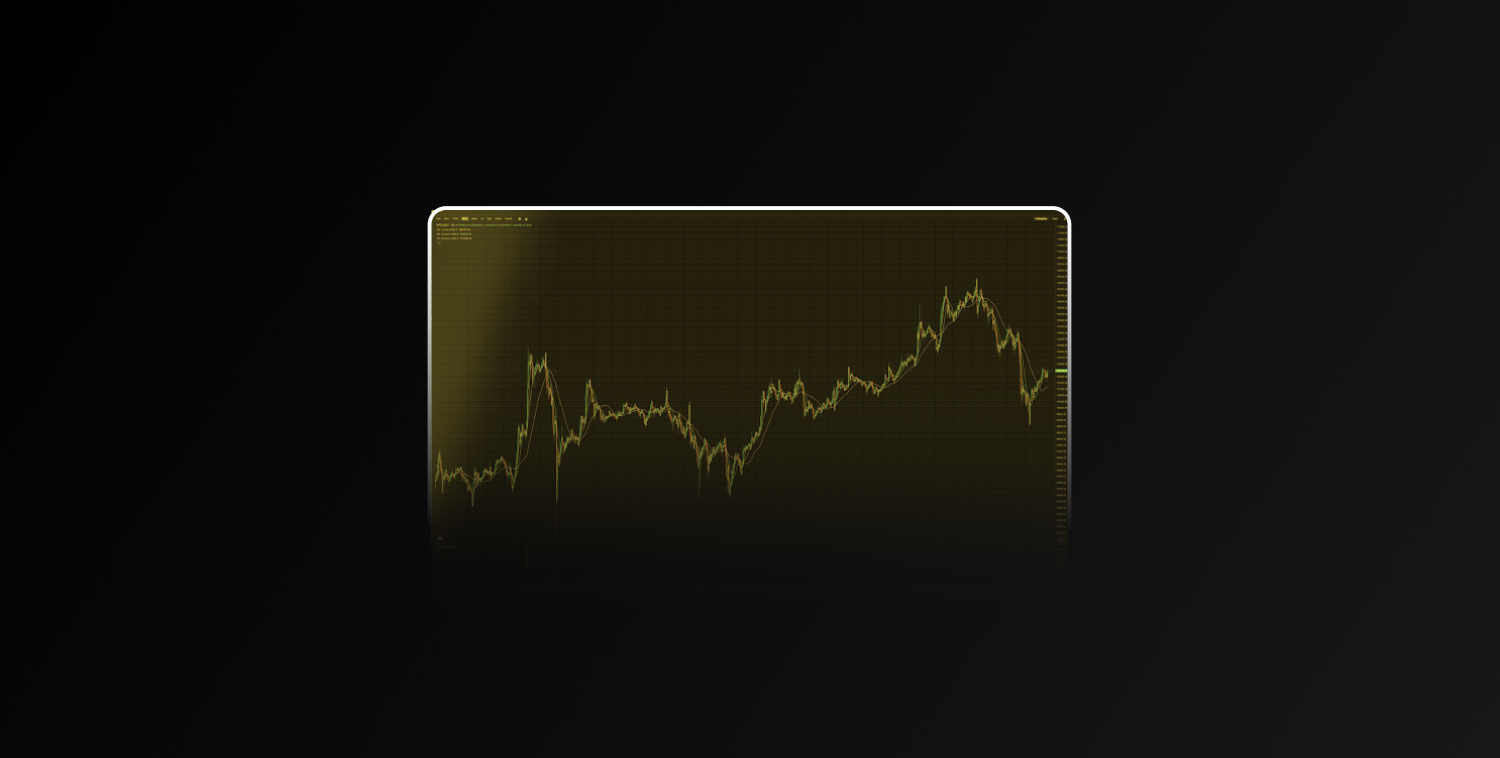Understanding Isolated Margin and Cross Margin on Darkex
Choosing the right margin mode is crucial for successful trading, as it directly impacts risk management, position independence, and overall strategy. Below, we explore the key features and differences between Isolated Margin and Cross Margin on Darkex to help you make an informed decision.
Isolated Margin on Darkex
On Darkex, the Isolated Margin mode allows users to manage their margin for each trading pair independently:
Independent Margin Accounts: Each trading pair operates with its own isolated margin account. Only specific cryptocurrencies can be transferred, held, or borrowed within a given isolated margin account. For example, in the BTCUSDT isolated margin account, only BTC and USDT are accessible. Users can open multiple isolated margin accounts to cater to their trading needs.
Position Independence: Each trading pair’s position is independent. If additional collateral is required, the margin is not automatically transferred from other isolated margin accounts or the cross-margin account, even if there are sufficient assets. Users must manually add collateral to maintain their positions.
Collateral Calculation: The collateral level is calculated based solely on the assets and debts in each isolated margin account.
Risk Isolation: Risk is confined to each isolated margin account. In the event of liquidation, the impact remains limited to the specific account without affecting others.
Cross Margin on Darkex
In Cross Margin mode, the margin is shared across all trading pairs within a single margin account:
Unified Cross Margin Account: Each user has one cross margin account, and all trading pairs are accessible within this account.
Shared Assets: The assets in the cross-margin account are shared across all positions.
Collateral Calculation: The collateral level is determined based on the total asset value and debt in the cross-margin account.
System Alerts and Liquidation: The system monitors the margin level of the cross-margin account and sends notifications to users to add collateral or close positions. If liquidation occurs, all positions within the account will be liquidated.
Key Differences Between Isolated and Cross Margin on Darkex
- Margin Allocation:
- Isolated Margin: Each trading pair has its own independent margin account, ensuring that losses in one pair do not affect others.
- Cross Margin: Margin is shared across all trading pairs in a single account, meaning that losses in one position can impact the overall margin level.
- Risk Management:
- Isolated Margin: Risk is confined to the specific isolated margin account. Liquidation of one account does not affect other accounts or positions.
- Cross Margin: Risk is spread across all positions in the account. If the overall margin level drops below the maintenance requirement, all positions are at risk of liquidation.
- Collateral Transfer:
- Isolated Margin: Additional collateral must be manually added to individual accounts when required.
- Cross Margin: The system automatically utilizes available margin from the account’s total assets to support any position.
- Position Independence:
- Isolated Margin: Positions are independent, allowing for greater control over individual trading pairs.
- Cross Margin: All positions are interconnected, and their performance collectively affects the account’s margin level.
- Number of Accounts:
- Isolated Margin: Multiple accounts can be created for different trading pairs.
- Cross Margin: Only one account is available for all trading pairs.
- Liquidation Impact:
- Isolated Margin: Liquidation impacts only the specific account and pair.
- Cross Margin: Liquidation of one position can trigger the liquidation of all other positions in the account.
How to trade isolated margin and cross margin on Darkex?
After logging into your Darkex account, click Futures on the page that opens.
 On the page that opens, you can mark your trade mode as isolated or cross on the right side
On the page that opens, you can mark your trade mode as isolated or cross on the right side

Disclaimer
This article is for informational purposes only and does not constitute financial advice. Trading on margin involves significant risk, including the possibility of losing more than your initial investment. Always conduct thorough research and consult with a financial advisor before engaging in margin trading.
Click for the Isolated Margin training article


